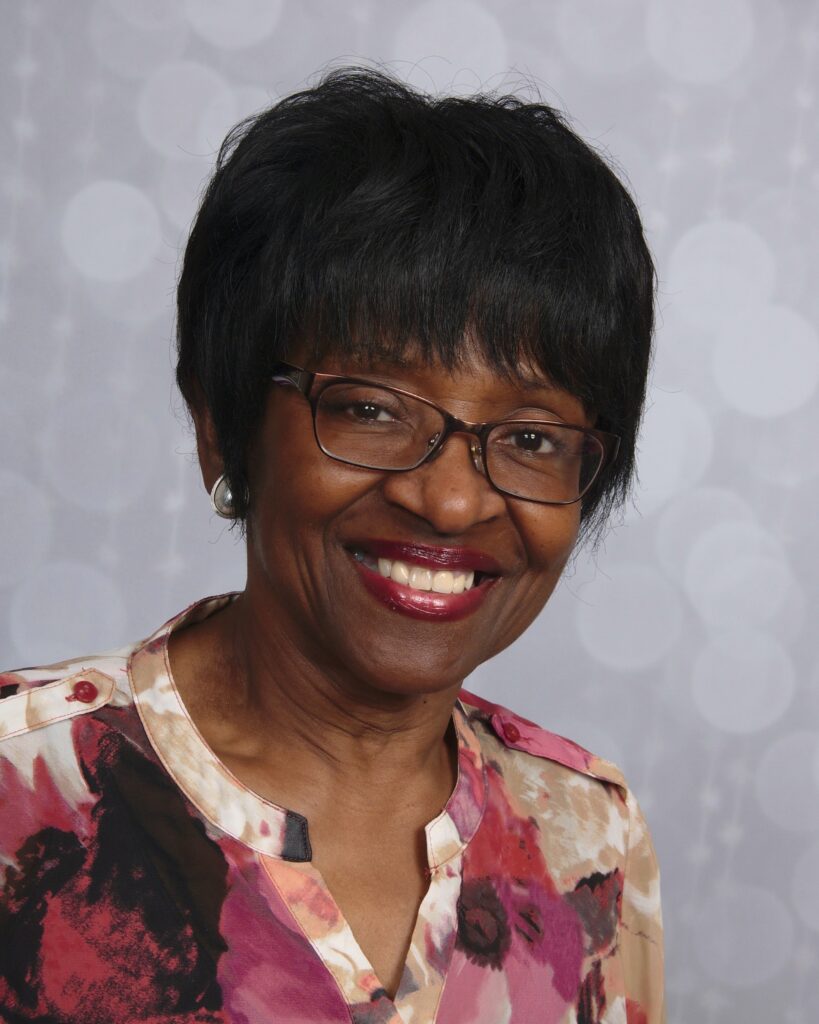

In a significant move, Governor Gavin Newsom has declared November 2023 as “Alzheimer’s Disease Awareness Month.” This proclamation sheds light on the pressing issue of Alzheimer’s disease within the Black community.
Among Black Americans aged 70 and older, a staggering 21.3% are living with Alzheimer’s, a statistic that demands attention and action.
Understanding Disparities:
Research reveals that older Black Americans are twice as likely as their White counterparts to develop Alzheimer’s or another dementia. While the precise cause remains unidentified, higher rates of cardiovascular disease may play a role. However, studies indicate that when adjusting for overall health and socioeconomic status, these differences tend to disappear.
The Alzheimer’s Association’s Initiative:
In response to these disparities, the Alzheimer’s Association is actively involved in addressing the unique needs of the African American community. Culturally appropriate services and efforts to reduce health disparities are at the forefront of their mission.
Importance of Early Detection:
The importance of early detection is crucial in managing Alzheimer’s, as approved medicines are most effective in the early stages. The Association emphasizes the significance of recognizing signs and symptoms promptly, empowering individuals and their families to seek help.
Ron Lewis, Vice-Chair of the Alzheimer’s Association San Diego/Imperial Chapter, shares his mother Brenda’s journey who passed away at 74, with vascular dementia. Her struggles with brain bleeds and strokes leading to cognitive decline highlight the complexities of the disease.
“Classified as early onset, my mom started showing signs in her mid to late sixties. She began having trouble with balancing her check book, and making decisions on the fly. She had started having problems at work, forgetting passwords at a company that valued security, which had become a breach of their Standard Operating Procedures, putting her at risk of losing employment at a job that she held for years. Another sign, was when my son was born, she showed no emotion while holding him. Prior to his birth, she would always say to me, when are you going to give me grand-babies. That’s when it became clear to me that I had to get involved.”
Active Lifestyle and Cognitive Health:
Studies underscore the importance of an active lifestyle in slowing the onset of Alzheimer’s. Lewis says that his experience with his mother, was that she became less active after suffering a series of aneurysms in her late forties, which reinforces the correlation between physical activity and cognitive health.
“ After having a second aneurysm my mom became less active. A sedentary lifestyle doesn’t challenge your body physically or mentally.”
The Caregivers Role:
Caregivers play a crucial role in the Alzheimer’s journey. Lewis, an only child started out as his mom’s long distance caregiver. It became apparent that there was a need for resources and education, prompting his motivation to reach out to the Alzheimer’s Association for guidance. He was making frequent trips to Georgia, from San Diego to check on his mom Brenda. Fortunately, his cousin who lives close in Georgia, stepped in to help. It’s very important says Lewis, that family is on the same page.
He stresses the importance of a united family front, emphasizing the value of respite care, health care directives, finances and proper estate planning, all resources that the Alzheimers association can assist with.
Medical Advances and Advocacy:
“Black and Brown people should not be afraid to advocate for each other and speak up to our primary care doctors if something is wrong. We deserve the best answers and the best treatment.” Emphasizes, Lewis.
Recent FDA-approved treatments offer hope in slowing and reversing Alzheimer’s effects, yet much work remains. New medicine has shown slow progression of proteins.
Lewis, an Organic Chemist reports that the Alzheimer’s Association has raised significant funds globally with a portion dedicated to biotech and clinical research, contributing to global efforts to combat the disease.
Locally, the Alzheimer’s Association is currently funding more than $5.1 million in active research targeting Alzheimer’s disease, including work at UC San Diego, the Salk Institute for Biological Studies, the University of Southern California’s Alzheimer’s Therapeutic Research Institute, and DTx Pharma. Overall, the Alzheimer’s Association has funded almost $14 million in research in the San Diego region.
Conclusion:
Alzheimer’s disease affects the Black community disproportionately, necessitating awareness, research, and targeted support. The Alzheimer’s Association’s commitment to addressing these disparities, coupled with personal stories like Ron Lewis’s, exemplifies the resilience and strength needed to navigate this challenging landscape.
As we observe Alzheimer’s Disease Awareness Month, let us collectively work towards a future where the impact of this devastating disease is mitigated for all communities.
To learn more about the Alzheimer’s Association San Diego County click here to visit their website.

Very informative. Care givers have a very challenging job.
Very informative and interesting article. Care givers face a very challenging job.